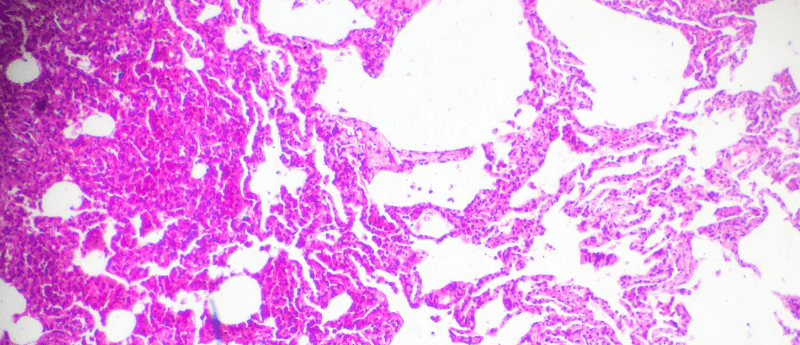Generating cartilage from iPS cell-derived mesenchymal stem cells

Cartilage spheroids have been generated using a new differentiation method, presenting novel opportunities for tissue repair.
Regenerative medicine frequently uses cartilage and mesenchymal stem cells for cartilage tissue repair. However, this has limitations due to medical complications inherited from the donors as well as the restricted ability of these implanted cells to grow or reproduce in the recipient’s body.
A research group from Kyoto University led by Denise Zujur and Makoto Ikeya sort to overcome these challenges of tissue repair treatment by utilizing a differentiation method that produced high-quality cartilage spheroids from iPS cell-derived mesenchymal stem cells (iMSCs). The team found that including the small molecule, TD-198946 was critical in improving the efficiency of iMSCs differentiating into cartilage cells. By using a stepwise induction method, the team successfully created high-quality cartilage spheroids.
The team went on to further test these spheroids in immunodeficient mice. The results showed increased extracellular matrix production, indicating the maintenance of cartilage in vivo. There was also no sign of fibrotic cartilage formation, dedifferentiation of the cells or hypertrophy, therefore, indicating its safety for potential use in clinical trials.
This is a significant breakthrough in the field of regenerative medicine, highlighting iMSCs as a favorable potential source for cartilage repair. It provides the possibility of creating larger cartilage tissues in the future by also employing bioprinting techniques. It is hoped that soon, there will be clinical trials combining iMSC-derived cartilage spheroids and bioprinting for large-scale tissue reconstruction.